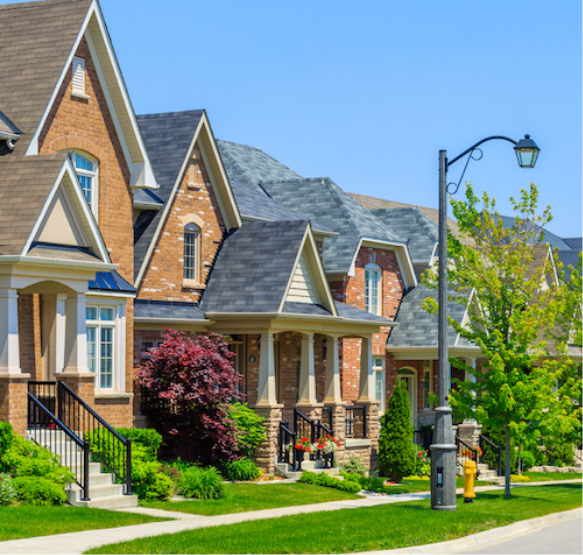Urban renters are increasingly eschewing car ownership and opting for the carless lifestyle, which begs the question: How much longer will we need parking?
According to a 10-point paper on the Urban Land Magazine’s website, a world where multifamily dwellings are built without parking is still a long way off, but Jerry Jai, senior project manager at East Bay Asian Local DevelopmentB, says it’s important to remember that what is built today needs to last for 50 years.
“Who knows? Perhaps in 20 years, no one will be having this debate because of autonomous vehicles, ride sharing and improvements in public transportation,” Jai told UL Magazine.
“We need to remember that we are building housing that is supposed to last 50 years,” he added.
The efficacy of a parkingless development is especially tangible in overcrowded markets like San Francisco and Los Angeles, where traffic is crazier than Arkham Asylum and can lock a person up longer than Alcatraz. Though investors are reluctant to bet on multifamily developments with little to no parking, the idea is percolating.
“We are seeing parking utilization rates go down in new buildings and technologies like ride share expanding. So, investors are increasingly buying into the story that most people don’t need parking day to day, especially if they are in an area that is near to transit and where traffic is bad. In these locations, people are typically not driving to work. They may want a car for weekend excursions, but it does not need to be on site,” Strada Investment Group Vice President Will Goodman told UL Magazine.
There are a number of examples in San Francisco and Oakland where investors can see proof of concept. Typically, these properties exist near transit hubs that make car ownership less necessary.
The municipalities themselves also play a big role in reducing the need for parking. Though historically many municipalities have bent to neighborhood groups’ demands for parking minimums, now municipalities are increasingly doing away with minimums and in some cases applying parking maximums.
As this happens, investors will get more comfortable with the idea of reducing parking spots.
“The larger projects with institutional investors are going to be very cautious about reducing parking ratios,” Michael Lander, founder and president of Lander Group, told UL Magazine.
“But lenders are starting to understand that in some of the denser, more transit-rich markets there is not as much need for parking. And they know the enormous cost of parking. So, there is beginning to be a changing of the status quo.”
Other factors, like the impending advent of the driverless cars, the prevalence of ride sharing and the continued densification of cities, will continue to put pressure on the parking issue, and maybe one day, parking will be a thing of the past.





